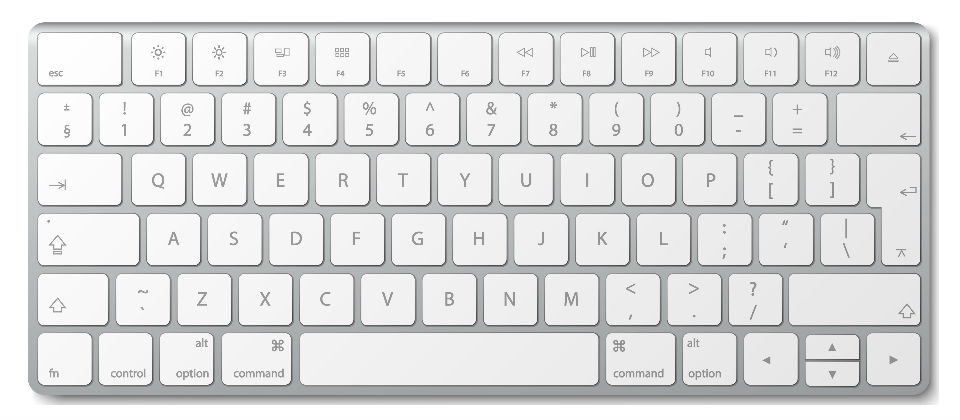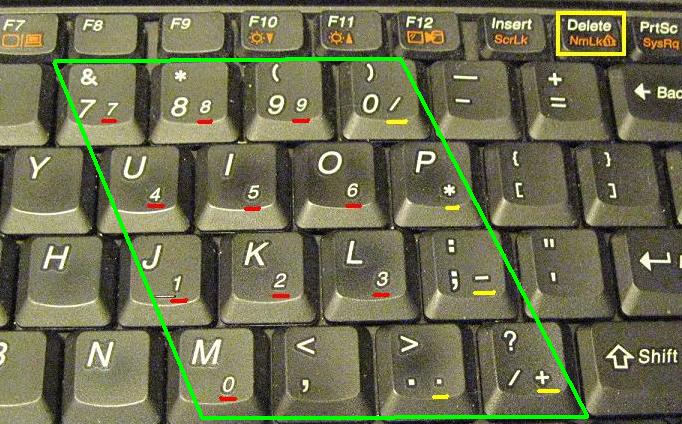

While laptops are designed to be portable and easy-to-use, be sure that your laptop’s screen is big enough for your needs. This posture helps keep you from rounding your shoulders and pulling your neck muscles. Your elbows should be at a 90-degree angle, tucked close to your body, and your wrists should be in a neutral position when typing.

When you work on a laptop for an extended period of time, it is recommended to do one of two things: 1) Use an external keyboard and mouse and properly position your laptop screen at eye level or 2) Use an external monitor at eye level and position your laptop keyboard at a height that allows your shoulders and arms to relax. Use a separate keyboard and mouse or invest in a separate screen/monitor See Office Chair, Posture, and Driving Ergonomics 3. Your eyes should naturally hit the top third of your screen when you look straight ahead. Elevate the laptop a few inches above your desk, placing it on a stable support surface, such as a laptop stand or a stack of thick books. It's in a different place on every computer, but it will have the universal power button symbol (shown below).The ideal laptop height and angle lets you view the screen easily without bending or rotating your neck. To do this, locate and press the power button. The very first step is to turn on the computer. Review our lesson on Setting Up a Computer to learn how. If you're using a desktop computer, you'll need to make sure that the keyboard, mouse, and monitor are plugged into the computer case before you continue. Your experience could be different from this lesson. Turning on a computer for the first time can be different from one computer to the next.

Let's walk through getting started with your first computer. But you can accomplish a lot with a computer, and using one can be a good experience. The vast amount of information and possibilities can be overwhelming.

en/computerbasics/setting-up-a-computer/content/ Getting started with your first computerĪ computer is more than just another household appliance. Lesson 11: Getting Started with Your First Computer


 0 kommentar(er)
0 kommentar(er)
